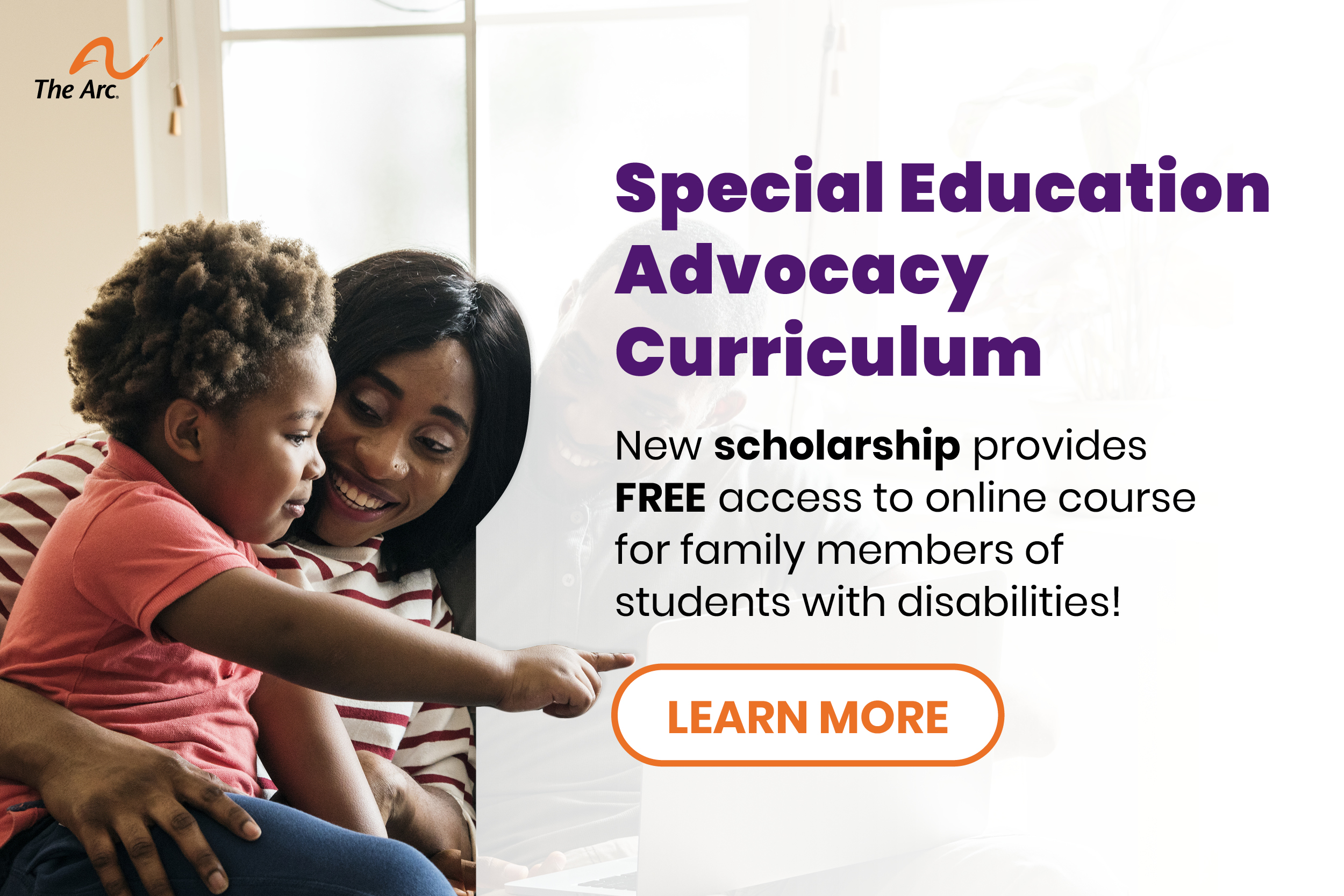This toolkit helps families and youth learn about the transition planning process for people who have Individualized Education Programs (IEPs). This toolkit discusses laws that impact the transition of people from school to adulthood. Also, it provides information about best practices in transitioning from school to the community. The goal of this toolkit is to help families and youth with disabilities to better work with schools to create meaningful transition plans. The PACER Center works to enhance the quality of life of children and young adults with disabilities and their families by providing assistance, workshops, and topical material to families.
Download the Toolkit – Life After High School Transition Kit (PDF).
This section discusses IEP transition planning components required by federal and New Hampshire law and describes the model that many New Hampshire school districts use to develop transition plans within the Individual Education Program (IEP). The Parent Information Center on Special Education provides information, training, and support to New Hampshire families who have children with disabilities. Services provided by this center include: telephone/email support on topical issues; interactive workshops; and handouts and articles.
Download the Guide/Handbook – Writing the Transition Plan in the IEP (PDF).
These presentation slides discuss the various cultural beliefs and influences that impact a person when an they are faces with end-of-life decisions. These slides define culture and its dimensions, provide examples of how cultural differences may impact people with disabilities or special health care needs, and describes how culturally competent values, policies, structures, and practices can be applied to end-of-life decision-making.
View the Multimedia Presentation – End of Life Through a Cultural Lens (PDF).
Goode, T. (2009). Promoting cultural diversity and cultural competence. National Center for Cultural Competence .Georgetown University Center for Child & Human Development, University Center for Excellence in Developmental Disabilities Education. Adapted from Promoting Cultural Competence and Cultural Diversity in Early Intervention and Early Childhood Settings. June 1989. (Revised 2009).
This checklist is intended to increase the awareness of people who work with persons with children, youth, and families that have disabilities about the importance of cultural diversity. This checklist provides examples of the kinds of values and practices that encourage a culturally diverse environment in human service settings.
View this Training Material – Promoting Cultural Diversity and Cultural Competence (PDF).
This PowerPoint presentation discusses the needs for systems of support to respond to current and future demographic changes in the United States; to eliminate long-standing health disparities between different cultural and linguistic groups; and to improve the quality of services and health outcomes for all people.
View the Multimedia presentation – Achieving Cultural Competence in Organizations (PDF).
This short document overviews the definition and process of cultural competence, and explains the cultural competence continuum, which includes a wide range of organizations with various levels of awareness, knowledge, and skills along the cultural competence continuum.
Read the Academic Research – Cultural Competence Continuum (Word Document).
The recent health care reform legislation will greatly increase the availability and impact of health care delivery in the United States. This fact sheet, made by the American Association for Retired Persons, looks at the parts of health care reform that provide and change financial incentives for states to promote Medicaid home and community-based services for older people or adults with disabilities.
Read the Fact Sheet – Health Care Reform Improves Access to Medicaid Home and Community-Based Services (PDF).
This document provides answers to frequently asked questions that parents have regarding transition planning for their child who has a developmental disability. This sheet also offers tips and questions that parents should think about to ensure that the IEP and transition planning reflects the wishes and goals of their child and to help ensure that the transition from school to the community runs smoothly.
Read the Fact Sheet – Parent Tips for Transition Planning (PDF).
This guide provides a definition of self-advocacy and answers several frequently asked questions about self-advocacy. The Advocating Change Together (ACT) Self-Advocacy Resource Network acts as a place for dialogue between self-advocates and supporters and a clearinghouse for materials and the support and encourage self-advocacy.
Read the Guide – Advocating Change Together (PDF).
This is a one-page fact sheet on the Diversity and Cultural Competency in Disability Initiative supported by TASH, an advocacy organization for people with disabilities. This initiative emphasizes increased accessibility and inclusion of culturally diverse groups of people with disabilities as well as family training for culturally diverse families about policymaking and advocacy.
Read the Fact Sheet – Diversity and Cultural Competency in Disability Advocacy Initiative (PDF).

